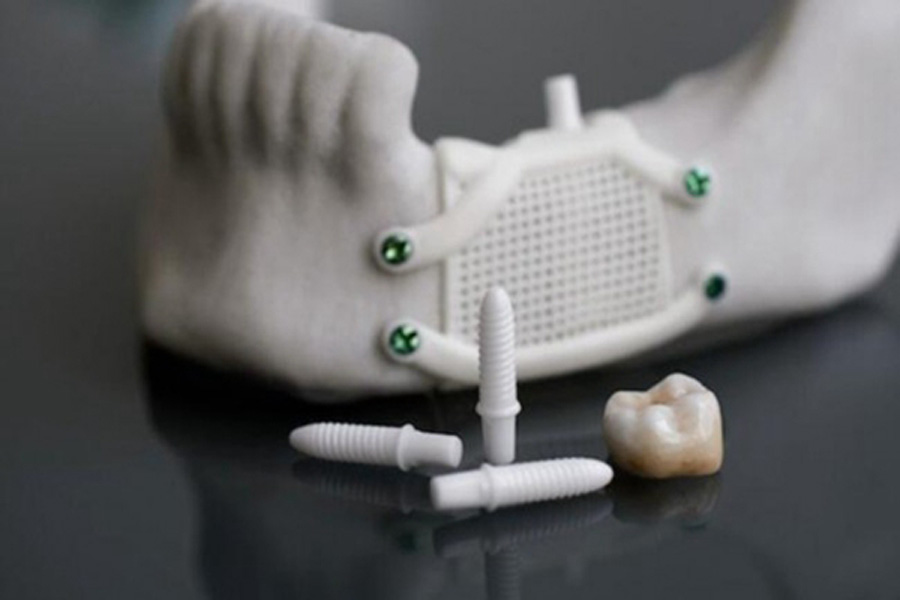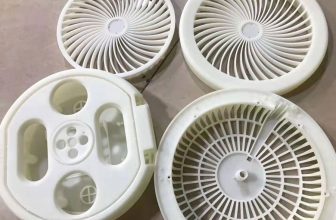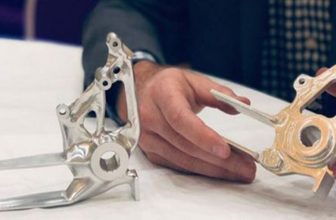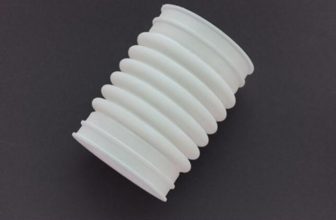
Due to its excellent biocompatibility, ceramic materials are recommended as the materials of choice, ranging from dental restorations, implants to bone graft materials. Unlike metals, ceramic materials have no ion release or corrosion problems, and they have long-term stability in both soft and hard tissues. In addition, ceramic materials also show significant advantages when making restorations, which can make the restoration look as natural as possible in the long term.
From an aesthetic point of view, all-ceramic restoration materials have a clear advantage over metal in optically imitating natural teeth; in the case of gingival recession, there will be no gray shadows in the gingival area and implants.
Zirconia is often referred to as “ceramic steel”. In the field of restoration dentistry, zirconia is usually used to repair missing teeth or tooth materials, through tooth support crowns, fixed dental restorations (FDP) and defective restorations (Such as occlusal veneer) to repair. Zirconia can also be used to replace missing teeth through dental implants and implant-supported restorations.
Zirconia is used to repair missing teeth or dental materials through methods such as tooth support crowns, fixed tooth restorations and defect restorations.
Now, the CAM (Computer Aided Manufacturing) program for processing zirconia is processed by subtraction technology, that is to say, the zirconia parts mentioned above are made from prefabricated zirconia blanks in the pre-sintered state, the so-called white body state. Processed. In this state, the inherent strength of zirconia is low. Due to this fact, during the subtractive processing, the thin frame may break, resulting in significant differences between the designed and manufactured parts.
For this reason, thin borders and edges usually have to be over-contoured in these areas to prevent edge breakage during processing. However, this also leads to a lot of post-processing work in these areas. Because the edge of the crown and the occlusal surface are a very important area of the crown and bridge restoration, the post-processing must be performed under a stereo microscope. This post-processing is quite time-consuming and cost-intensive. In addition, the fissures on the occlusal surface also need to be post-processed, because the rotating instrument can only reproduce the classic conical fissure geometry within a limited range.
With the continuous improvement of aesthetics and performance requirements, ceramic 3D printing emerged as a solution to meet the challenges in the dental field. It provides a new degree of design freedom, so that complex 3D metal-free applications can be produced layer by layer, while overcoming the technical limitations of standard ceramic processes.
Using 3D printing technology, there is no limit to the location of the milling blasting and the thickness of the repair. The minimally invasive veneer can reliably produce a minimally invasive veneer with a very thin boundary, with a feathered edge as low as 100 μm, which has better mechanical stability than a milled veneer. In addition, because 3D printing can produce geometric shapes similar to the nature of the occlusal surface, it can achieve the aesthetic effect of a single-piece repair.
For replacing missing teeth, endoscopic screw-type dental implants are a suitable treatment method. Using lithographic ceramic manufacturing technology, it is possible to mass-produce ceramic implants with complex shapes and targeted at patients with a high degree of repeatability. In such a production environment, the annual output of the machine can reach more than 60,000.
In addition, ceramic 3D printing technology provides different applications in the field of craniofacial surgery and the treatment of severe mandibular bone defects. In the treatment of such a large defect, the challenge is that if proper measures are not taken, the bone itself cannot heal the defect. Therefore, a two-pronged approach is proposed here. The high-strength zirconia shell gives proper support during the healing phase, and the internal volume of the implant is made of bioabsorbable β-calcium phosphate (β-TCP). Practice has proved that ß-TCP has good osseointegration properties, and the growth of bones can be significantly affected by selecting appropriate pores and support sizes. ß-TCP will be reabsorbed by cells and replaced by newly formed bone, while the zirconia cage can remain in place due to its good biocompatibility.





